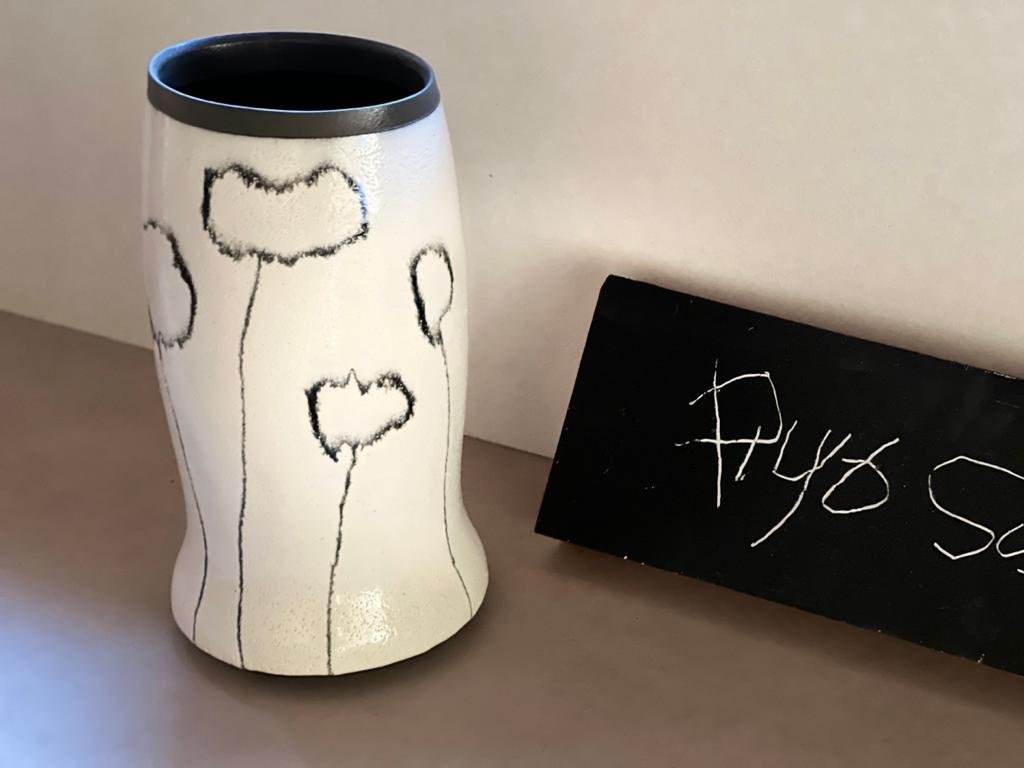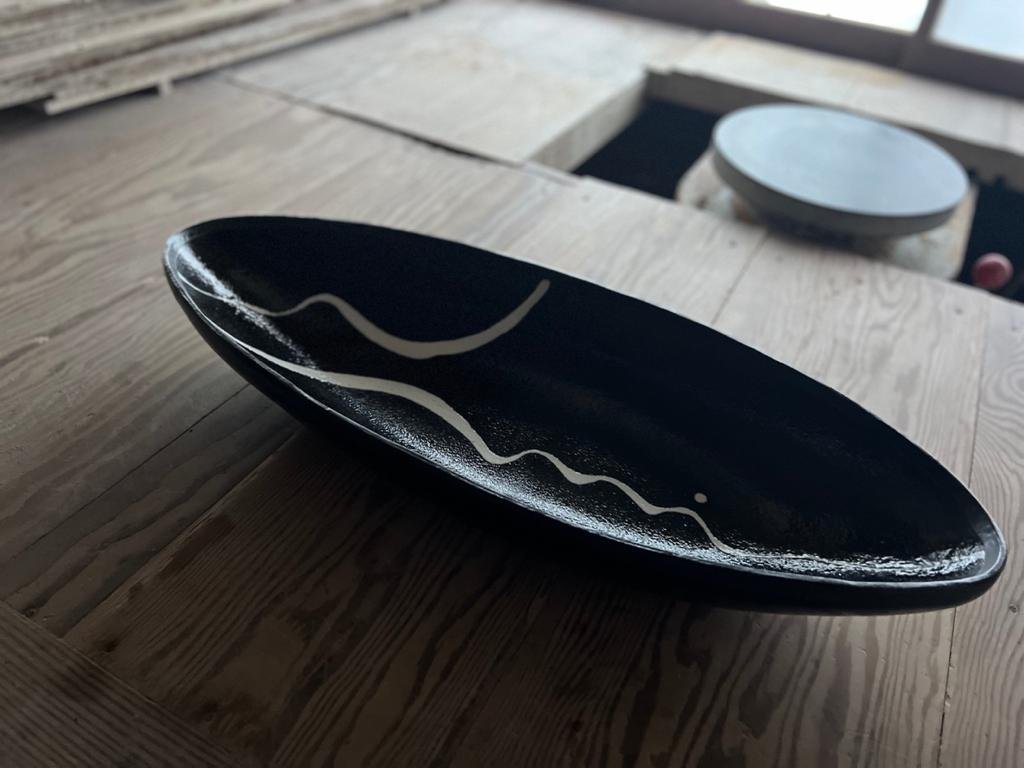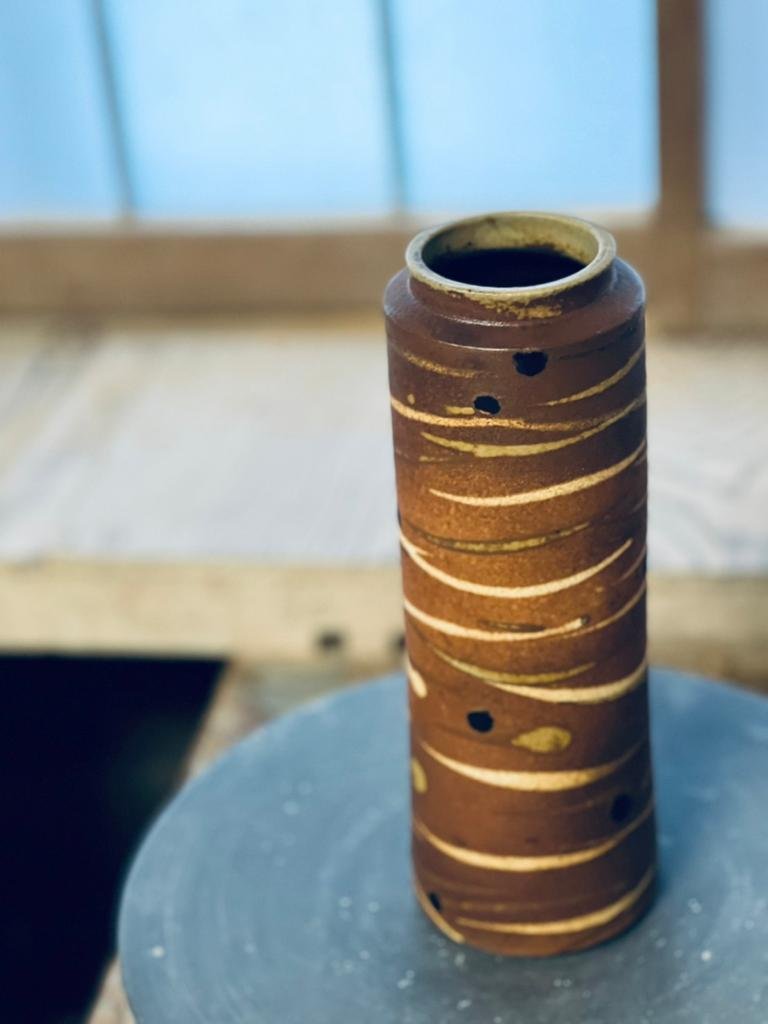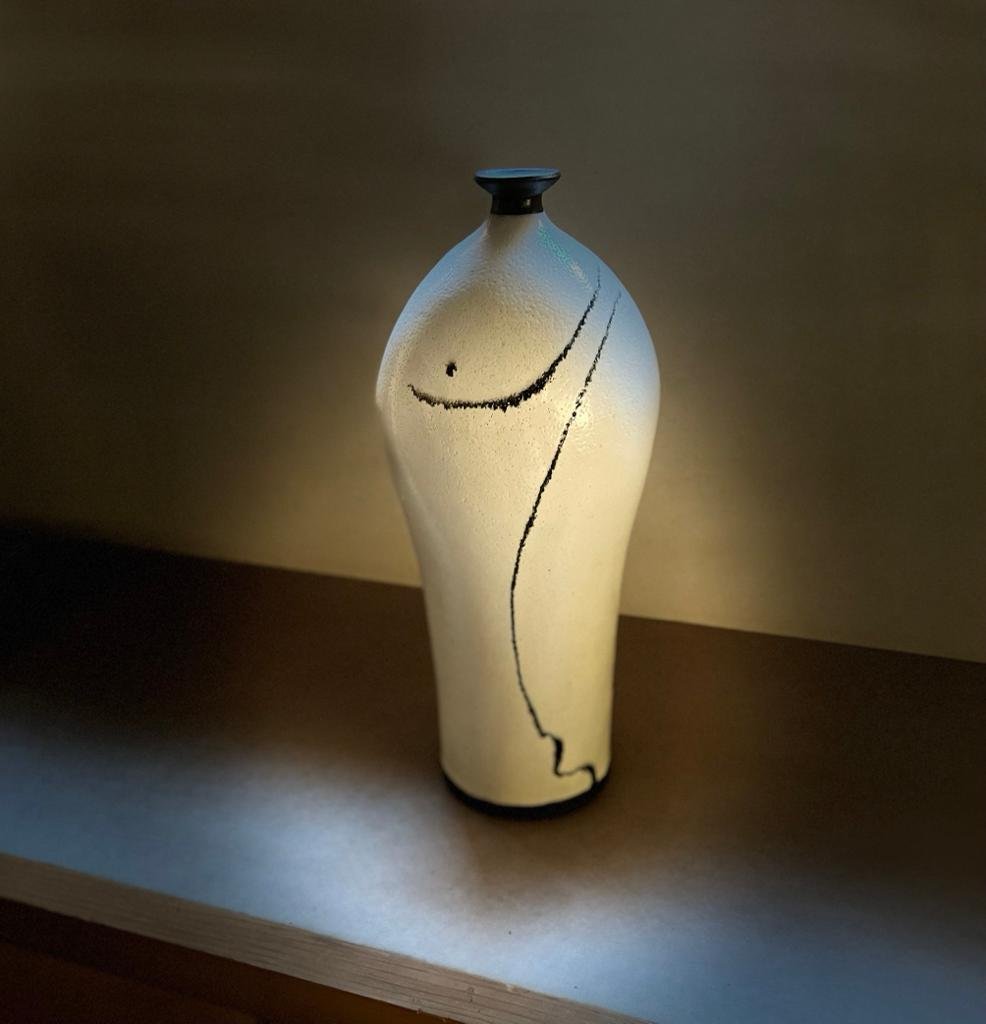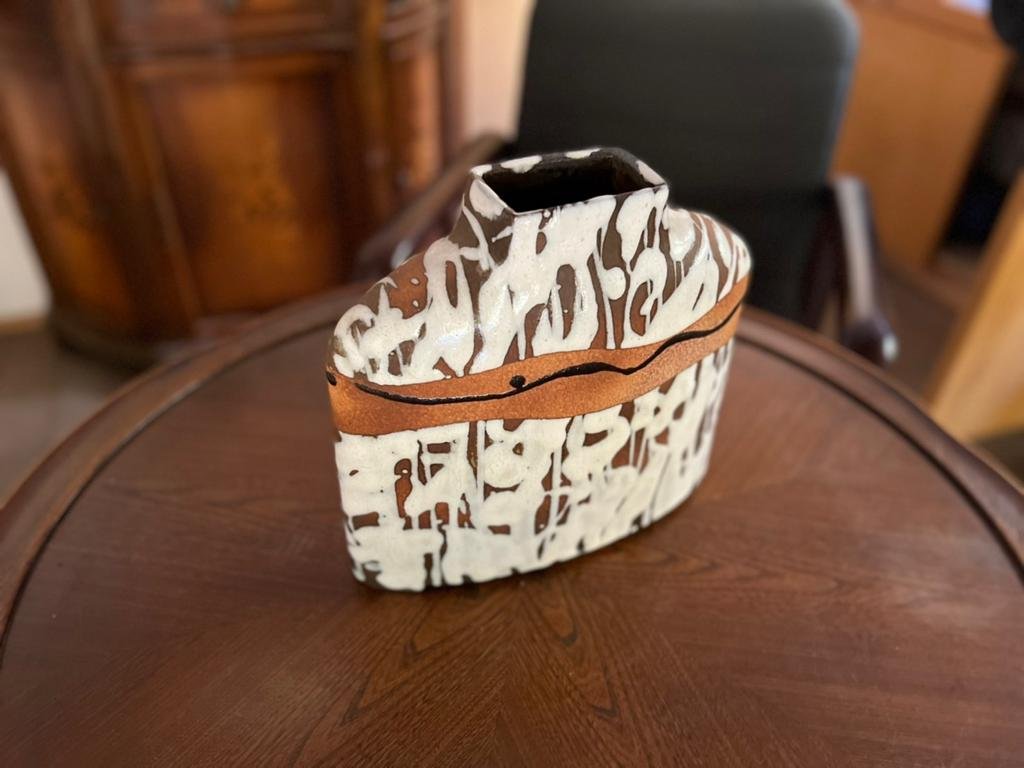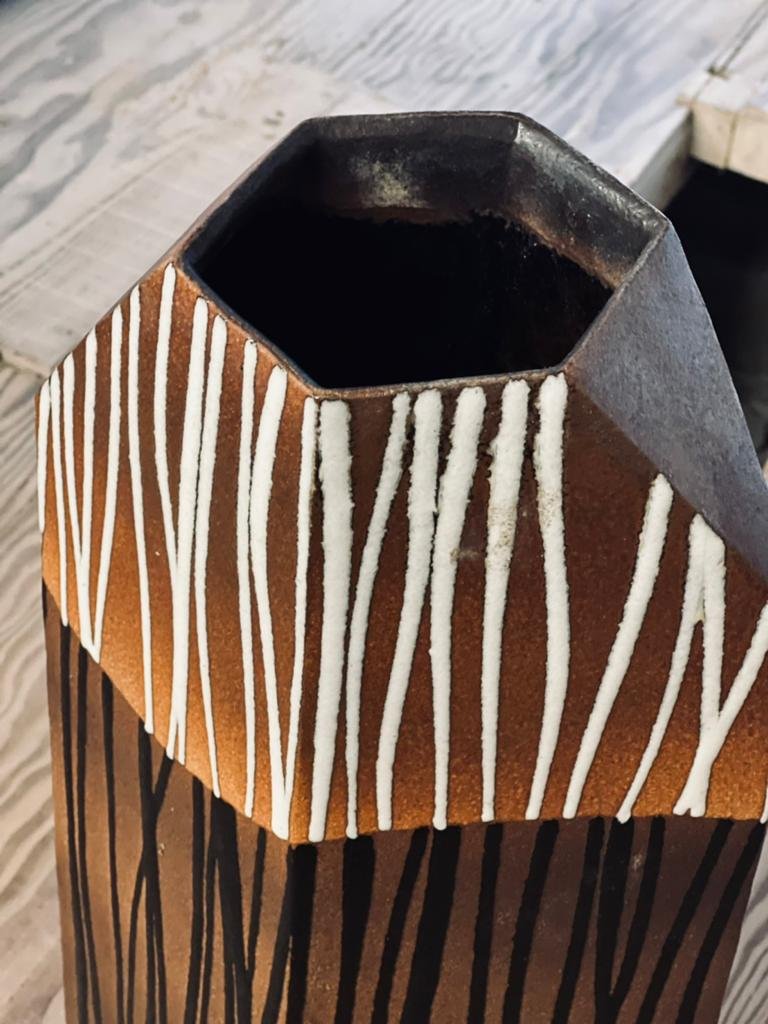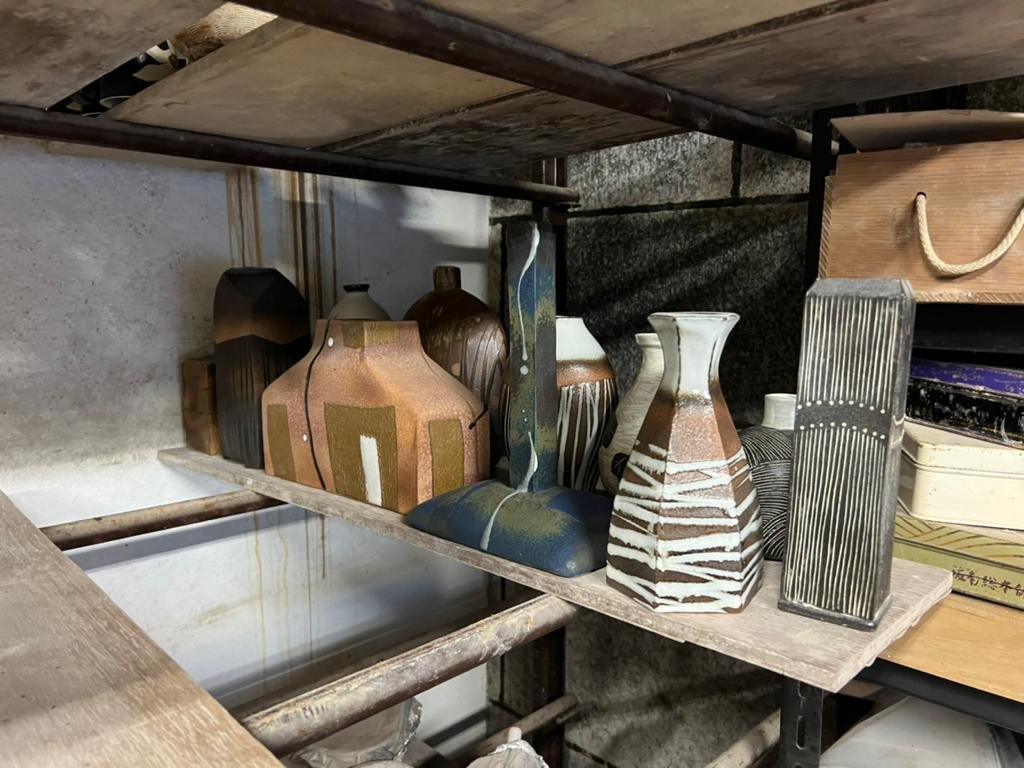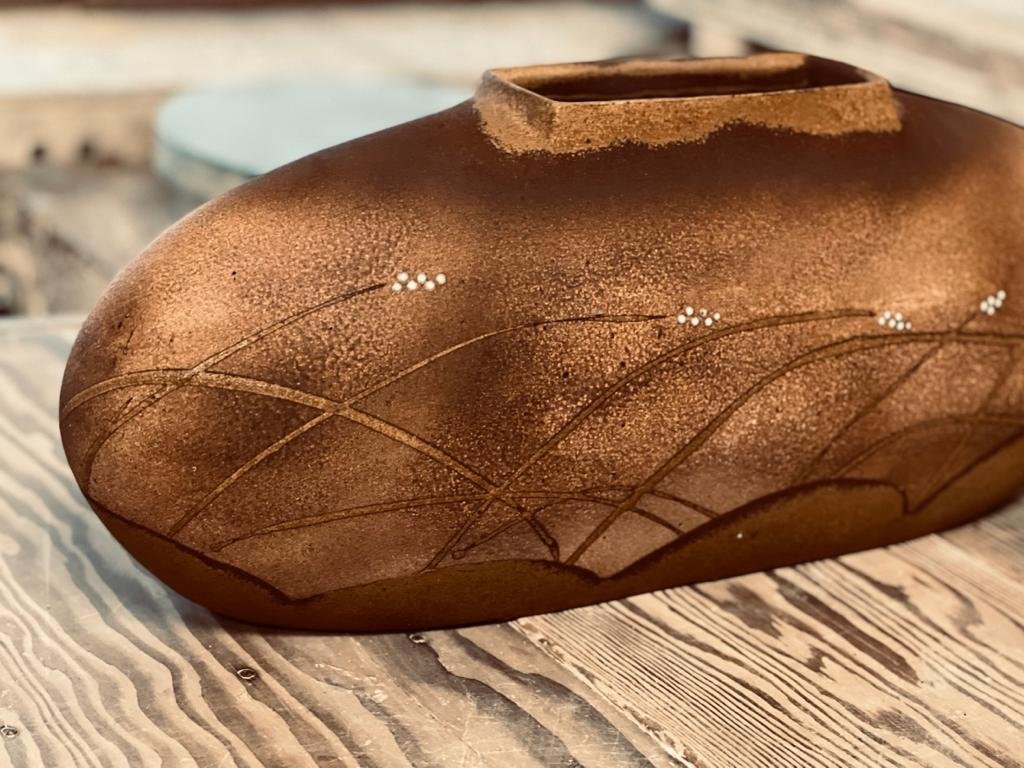Ceramic artists of Mashiko-yaki: Ryo Suzuki
Container by Ryo Suzuki. Arrangement & Photography by Elena Tyutina
The kiln of Mashiko or Mashiko-yaki in Tochigi prefecture is one of the most important ceramic destinations in Japan. With history dating back to 1853 it became famous in the artistic world thanks to the Folk Art Movement or Mingei and its active member, renowned ceramic artist Shôji Hamada who settled in Mashiko in 1924. The Mingei philosophy and Hamada’s craftsmanship have been inspiring local and international artists for almost a century. We spoke to one of the Mashiko’s most renowned ceramic artists, Ryo Suzuki, who has been a member of the Japan Craft Association for over 40 years. Suzuki’s distinctive style has been recognised with many Japanese ceramic awards.
How did you fall in love with making ceramics?
I worked as a civil servant for about three years but I wasn't enjoying it, so I decided to change career and take up pottery instead. Looking back I am glad I chose this path.
A lot of your vessels are made for flowers. What do you think about the relationship between flowers and containers?
Actually I have never really thought about flowers when making a container. In order for the vessel to have integrity I don’t think about anything else but the vessel itself, its unique shape and form. You can of course display flowers in a container, but when making it the wholeness of the container comes first. So when I make a vessel, I try to leave some space for experimenting with flower arrangements and also do my best not to interfere with the flowers’ colour palette. As for the shape of the vessel, it very much reflects who I am.
Ryo Suzuki in his studio in Mashiko, Japan
When you make a vessel, do you design it with particular flowers in mind?
Not really. It is more of a spontaneous process where I imagine what kind of flower would be fun to use and then start making flower arrangements myself which I really enjoy. It happens in the moment depending on what inspires me.
Your signature vessels have a strong graphic element and usually come in black and white glazing. Why did you choose these colors?
There is an aesthetic of "wabi sabi” (Ed. the appreciation of the imperfect and impermanent nature of things) in Japanese pottery but it is more of an individual perspective rather than a guiding principle when making pottery.
Shôji Hamada, who was one of the most influential Japanese ceramic artists of the 20th century, a leading figure of the "Mingei" movement and the founder of the world-renowned pottery centre Mashiko, also understood this well. He did not look for a specific "wabi sabi'' aesthetic nor did he explore the “accidental” element of pottery but rather expressed his own vision and feelings through his work. This is why Hamada's designs speak to the world even nowadays. It goes the same for my pigments. Scientists are able to create complex pigments but we artists need to find simpler ones to convey our feelings.


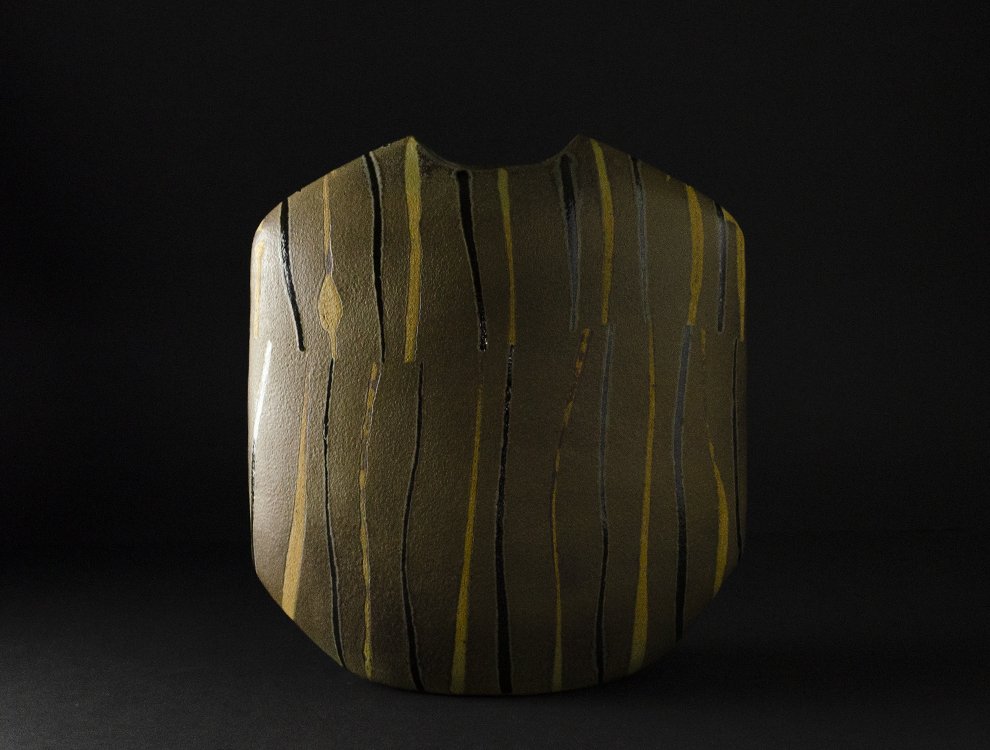
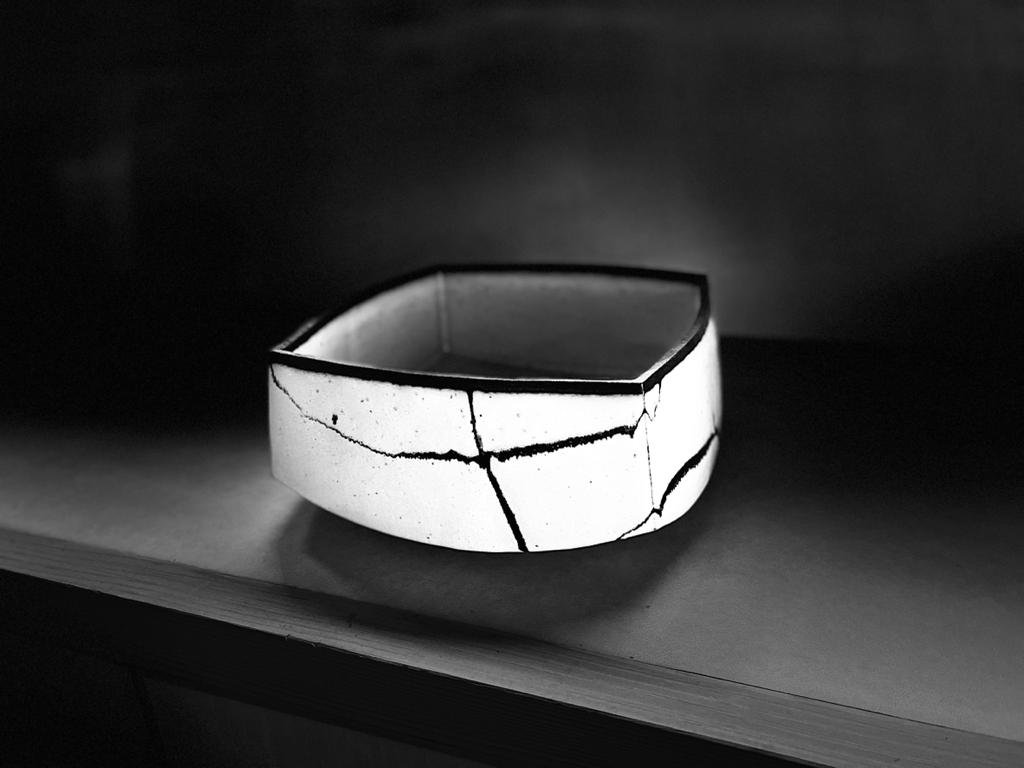
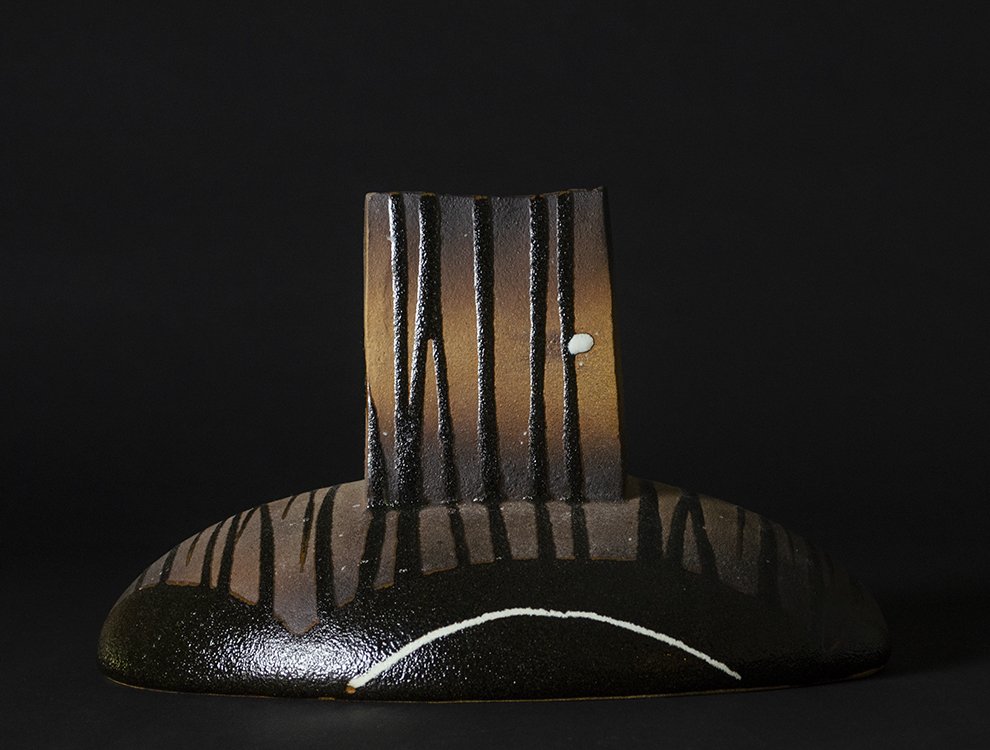
In your opinion what makes Mashiko ceramic tradition different from other Japanese important kilns?
I think it is a bit early to talk about a ceramic tradition of Mashiko-yaki (the kiln of Mashiko). The Japanese ceramic arts have learnt many things from China and Korea but they have been able to adapt them and create their own unique style. Shôji Hamada considered the origin of pottery coming from Korea, so in that sense there is no Japanese tradition in Mashiko pottery.
How do you preserve tradition but also experiment with contemporary in your work?
As mentioned, there is no specific tradition in Mashiko yet so there is nothing to protect. If there is such a thing as modernity in ceramic art then, in my view, Shôji Hamada was the first contemporary ceramic artist in Japan. I think it is essential to understand Hamada’s work and vision for any ceramic artist who wants to introduce new elements in their practice and experiment with tradition.
Ikebana arrangement: Makiko Morange · Container: Ryo Suzuki · Venue: Toraya Akasaka, Tokyo
Find out more about Ryo Suzuki’s work here



